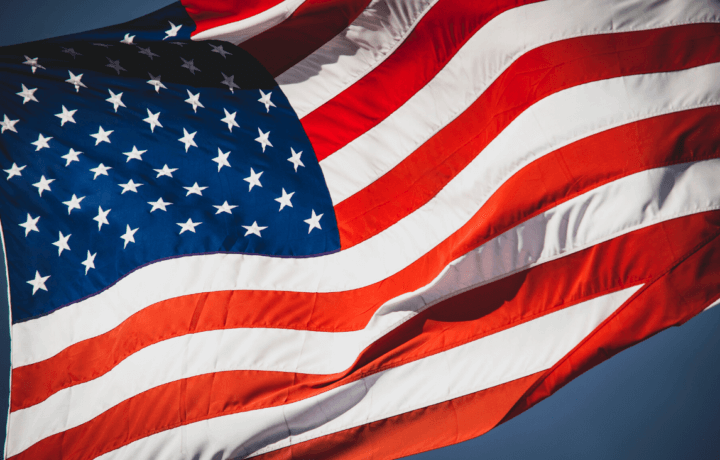The United States Military Selective Service System is an independent federal agency that maintains information on those potentially subject to military conscription. While the U.S. has not had an active draft since 1973, the Selective Service System ensures that the government can quickly and efficiently mobilize a military force if needed.
Steve Leonard, ClearanceJobs contributor and a former senior military strategist who supported the Army for a number of years, joins the Security Clearance Careers podcast to debunk misinformation relating to a recent House bill.
Selective Service registration bill doesn’t reinstitute draft
The House of Representatives approved a provision recently that automatically enrolls males aged 18 to 26 for selective service. This measure was included in the yearly National Defense Authorization Act (NDAA), outlining the military and national security objectives of the U.S. government for the upcoming fiscal year. The current NDAA allocates $895.2 billion for military expenditures, marking a $9 billion rise from the previous fiscal year.
The bill would automate Selective Service registration, which was already required by federal law.
Misinformation spread online, including a Facebook video of someone claiming the U.S. reinstituted the draft.
“The U.S. Forcing Men To The Military (sic),” reads the on-screen text. “Men Ages 18-26 Gotta Go.”
All male U.S. citizens and male immigrant non-citizens between the ages of 18 and 26 are required to register with the Selective Service. This registration is a civic duty and is critical for ensuring that the country has the necessary manpower for defense in times of national emergency.
Registration with the Selective Service is relatively straightforward and can be completed online, by mail, or at any U.S. Post Office. Failure to register can result in significant consequences, including the loss of eligibility for federal student aid, federal job training, and government employment. Additionally, immigrants who fail to register may face difficulties in obtaining U.S. citizenship. Despite these potential penalties, many young men are unaware of the requirement, leading to efforts by schools and community organizations to increase awareness and compliance.
The Selective Service System has evolved over the years, reflecting changes in societal attitudes and military needs. While there is ongoing debate about the necessity and fairness of the selective service, particularly concerning gender inclusivity, it remains a critical component of the nation’s defense strategy. Discussions continue about whether to include women in the draft registration and how to modernize the system to address contemporary security challenges. Regardless of these debates, the Selective Service System represents a longstanding tradition of preparedness and civic responsibility in the United States.




